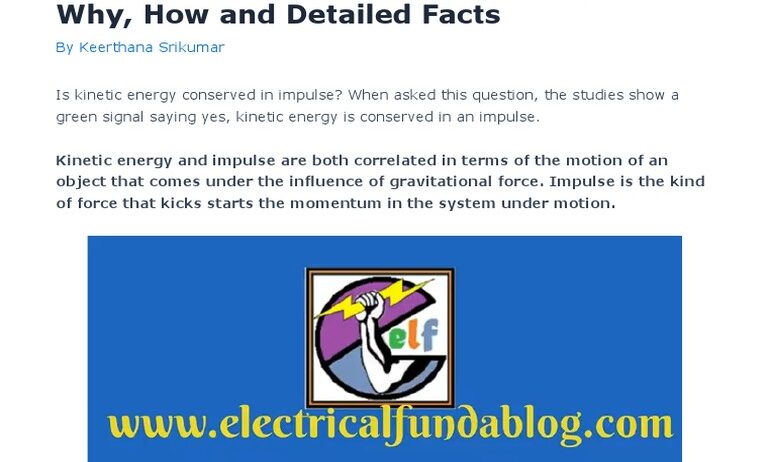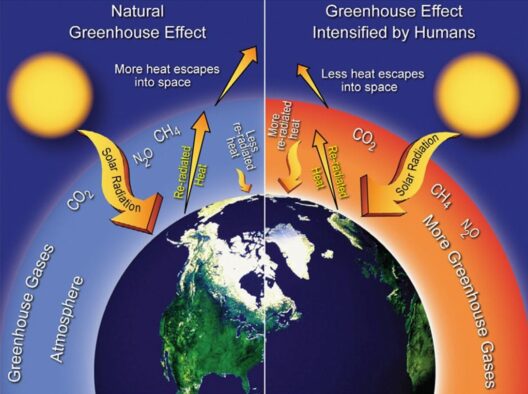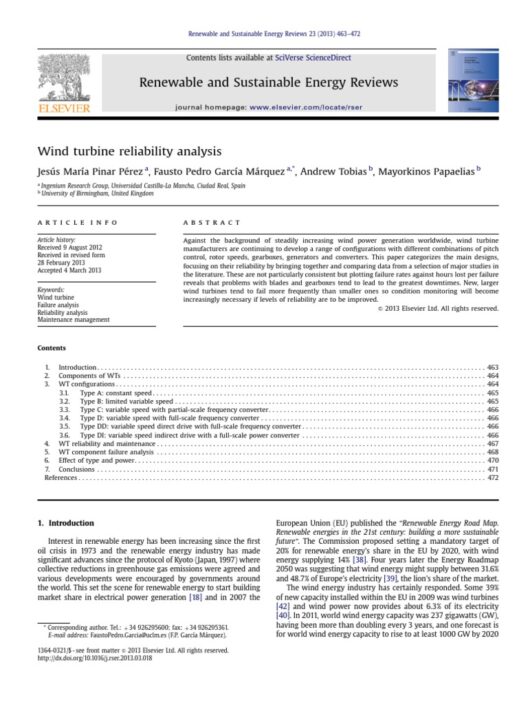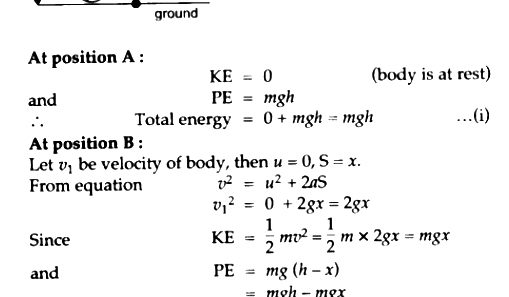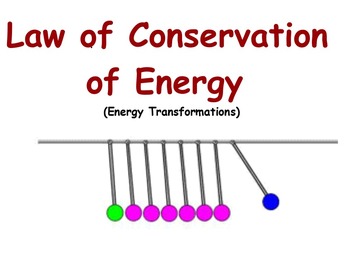When exploring the mechanics of motion, the principle of kinetic energy emerges as a fascinating aspect of physics. Kinetic energy, defined as the energy possessed by an object due to its motion, is an intrinsic property that sheds light on the behavior of colliding bodies. However, is kinetic energy conserved during different types of collisions? This question invites an analysis of the nuances involved in elastic and inelastic interactions, providing a gateway into the aesthetic wonders of physics.
The beauty of kinetic energy lies in its fundamental simplicity. The formula, KE = ½ mv², where KE denotes kinetic energy, m stands for mass, and v represents velocity, may appear straightforward. However, the complexities that arise during collisions transform this simple relationship into a multifaceted exploration of energy transfer and transformation. Entering the realm of collisions, one must distinguish between elastic and inelastic types—each embodying unique properties and outcomes.
Elastic Collisions: The Dance of Conserved Energy
In the world of elastic collisions, kinetic energy shines brightly as a preserved entity. When two objects collide elastically, both momentum and kinetic energy are conserved. Imagine two billiard balls striking each other; they rebound without a change in their total kinetic energy. The equation encapsulating this conservation can be framed as follows:
Initial Kinetic Energy = Final Kinetic Energy
This elegant principle can also be illustrated through the perfectly elastic collision of two identical objects. Upon collision, the first object halts, transferring its momentum and energy to the second, which then moves forward with the initial velocity of the first. Such a scenario exemplifies the principle of conservation, where both momentum and kinetic energy are maintained. Furthermore, these collisions are often idealized, as real-world scenarios, constrained by friction and energy dissipation, rarely achieve perfect elasticity.
Exploring the aesthetic appeal of elastic collisions, one can liken them to a symphony, where each instrument plays its part in harmony, creating a coherent and delightful melody of energy transfer. The calculated interactions speak to the beauty of physics, invoking a sense of wonder about the underlying principles that govern motion.
Inelastic Collisions: The Transformation of Energy
In stark contrast stands the inelastic collision, where kinetic energy is not conserved, leading to intriguing dynamics. When objects collide inelastically, they may stick together or deform, resulting in a loss of kinetic energy that is transformed into other forms of energy, such as thermal energy or sound. A classic example of this is a car crash, where two vehicles collide, crumpling upon impact and generating heat and noise, while losing kinetic energy in the process.
The mathematical representation of inelastic collisions reveals that while momentum is conserved, kinetic energy is not:
Initial Momentum = Final Momentum
The disparity between kinetic energy pre- and post-collision serves as a stark reminder of the energy transformations present in our universe. The aesthetic essence of inelastic collisions lies in their imperfection; a chaotic dance of forces where energy recomposes into new forms. As such, they provoke thoughtful reflections on the nature of energy and its innate tendency to shift and change.
Perfectly Inelastic Collisions: The Extreme Case
Turning our attention to perfectly inelastic collisions, we encounter an extreme where the colliding bodies stick together, moving with a common velocity post-collision. This scenario exemplifies the most significant transformation of kinetic energy, resulting in the greatest loss of this energy form. The accompanying equation captures this principle succinctly:
v_final = (m₁v₁ + m₂v₂) / (m₁ + m₂)
In this instance, the combined mass moves forward with a collective momentum, while the kinetic energy dissipates in the form of sound, heat, and structural deformation. During these collisions, one can visualize the objects merging, resulting in a new entity that has undergone a profound transformation. The aesthetic affinity of perfectly inelastic collisions is likened to a poignant narrative of loss and regeneration, illustrating the inherent interconnectedness of energy and matter in the universe.
Kinetic Energy: An Ever-Evolving Narrative
In conclusion, the exploration of whether kinetic energy is conserved illuminates the multifarious nature of energy interactions within our physical world. The divergence between elastic and inelastic collisions amplifies a deeper understanding of energy’s unpredictable behavior, showcasing a captivating tapestry woven from the threads of physics. From the harmonious exchanges in elastic collisions to the transformative nature of inelastic interactions, the journey through kinetic energy offers insight into the elegance and complexity of our universe.
As one delves deeper into these principles, the aesthetic qualities become all the more vivid. The principles of kinetic energy and its conservation, or lack thereof, serve as reminders of the dynamic forces that shape our daily lives, urging us to appreciate the subtle beauty that lies within the mechanics of motion.


